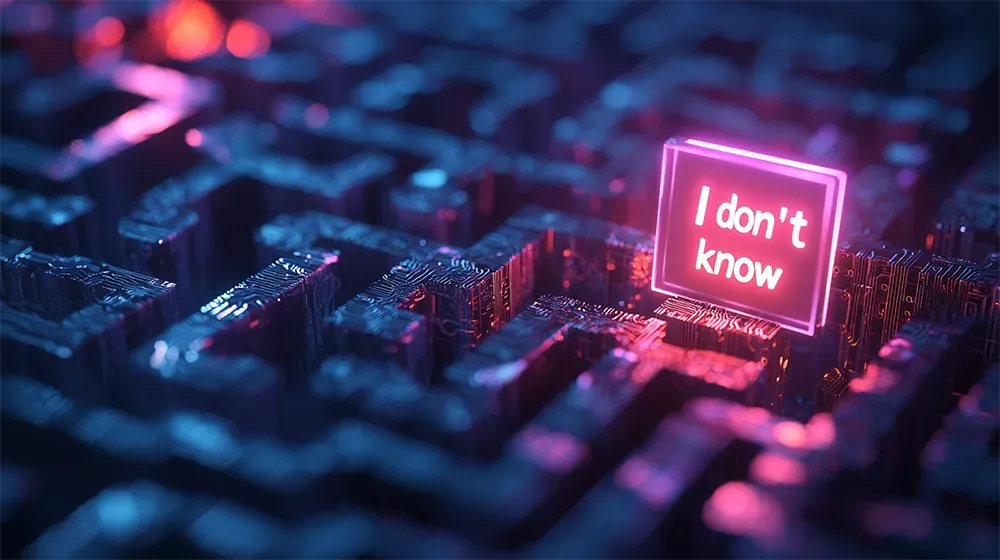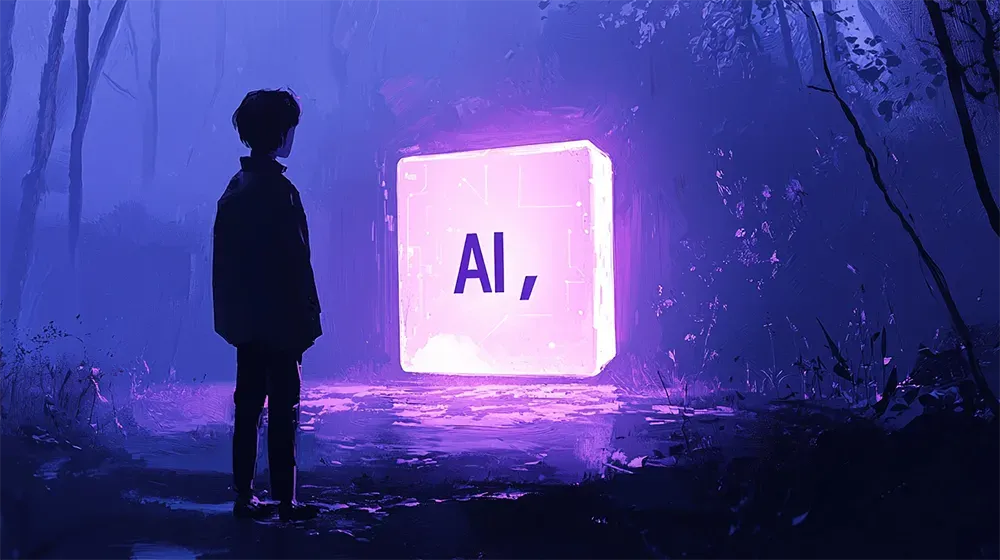Quantum Computing Breakthrough: No More Errors (Well, Almost)

Think quantum computing is too complex for the real world? Microsoft’s latest breakthrough may just prove you wrong — and make your classical computer look like a dinosaur.
Microsoft recently showcased a major leap in quantum computing, using error-corrected qubits to drastically reduce computational errors, bringing us one step closer to practical quantum systems.
Collaborating with Quantinuum, Microsoft tripled its logical qubit performance since April, thanks to a new error-correction system dubbed the "tesseract code." This novel approach uses 16 hardware qubits to create four logical qubits, protecting against multiple simultaneous errors.
While current hardware qubits generate error rates of 2.4%, the new system drops that to just 0.11%, a 22-fold improvement. However, there’s still a way to go before quantum computing can handle large, useful operations.
To make things simpler for developers, Microsoft’s Q# language will now include error correction automatically, eliminating the need for specialized quantum knowledge. Is this the tipping point for quantum computing’s mainstream adoption, or just a glimmer of what’s to come?
Read the full article on Ars Technica.
----
💡 We're entering a world where intelligence is synthetic, reality is augmented, and the rules are being rewritten in front of our eyes.
Staying up-to-date in a fast-changing world is vital. That is why I have launched Futurwise; a personalized AI platform that transforms information chaos into strategic clarity. With one click, users can bookmark and summarize any article, report, or video in seconds, tailored to their tone, interests, and language. Visit Futurwise.com to get started for free!






